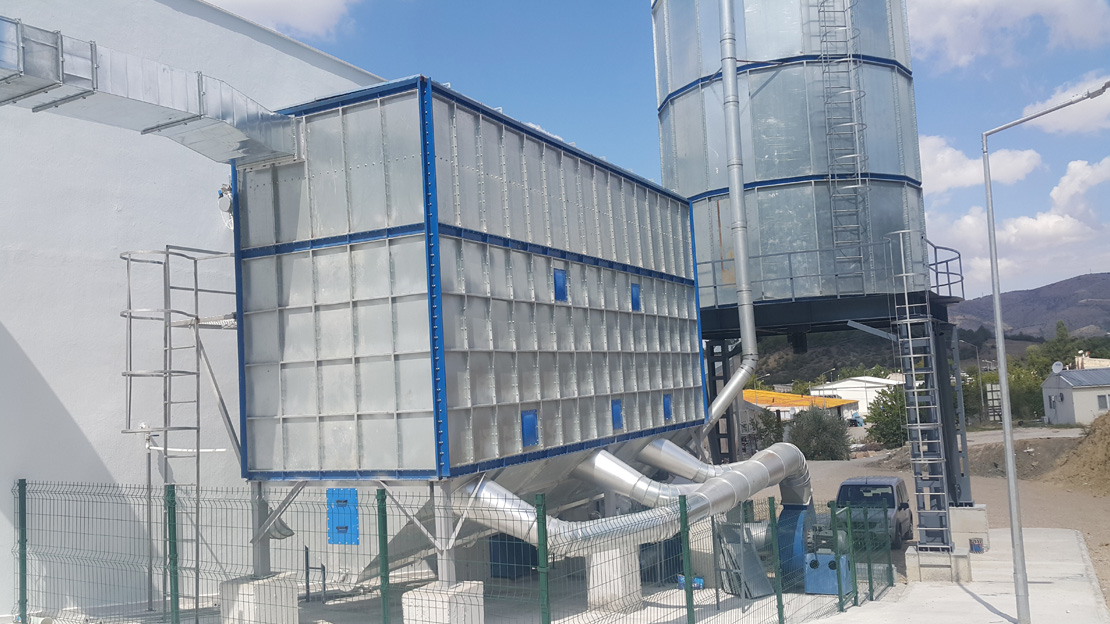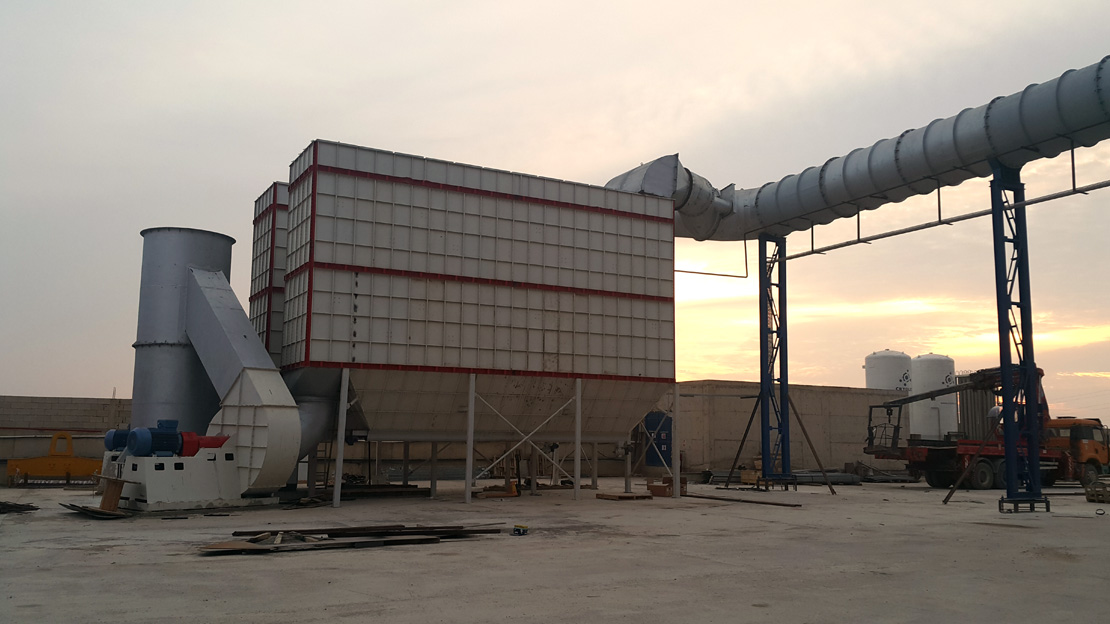








Energy Recovery Ventilation Fan Energy recovery ventilation systems provide controlled ventilation of the house while minimizing energy loss. They reduce the costs of heating ventilated air in winter by transferring the heat from the hot indoor exhaust air to the fresh (but cold) outdoor supply air. In summer, the indoor air cools the warmer supply air to reduce cooling costs. Advantages of Energy Recovery Ventilation Fan There are two types of energy recovery systems: Energy Recovery Ventilators (ERVs) and Heat Recovery Ventilators (HRVs). Both types contain a heat exchanger, one or more fans to move air through the machine and controls. There are some smaller wall- or window-mounted models, but most are central, whole-house ventilation systems with their own ductwork or shared ductwork. The main difference between ERV and HRV is the way the heat exchanger works. With an ERV, the heat exchanger transfers a certain amount of water vapor (latent) along with heat energy (sensitive), while an HRV transfers only heat. Since an ERV transfers some of the moisture from the exhaust air to the generally less humid incoming winter air, the humidity of the house air remains more constant. This also keeps the heat exchanger core warmer and minimizes freezing issues. In the summer, an ERV can help control humidity in the house by transferring some of the water vapor from the incoming air to the theoretically drier air leaving the house. If you are using an air conditioner, an ERV generally offers better humidity control than an HRV. Most energy reclaim ventilation systems can recover about 70-80% of the energy in the exhaust air stream and transfer this energy to the incoming air for air conditioning purposes.
Energy Recovery Ventilation Fan Disadvantages Some energy reclaim ventilation systems may be more costly to install than other ventilation systems. Overall, simplicity is the key to a cost-effective setup. Many systems share existing ductwork to save installation costs. Complex systems are not only more expensive to install, but often require more maintenance and generally consume more electrical power.
Bu site çerezler kullanır. Sitede gezinmeye devam ederek çerezlerimizin kullanımını kabul etmiş olursunuz.
Daha fazlası